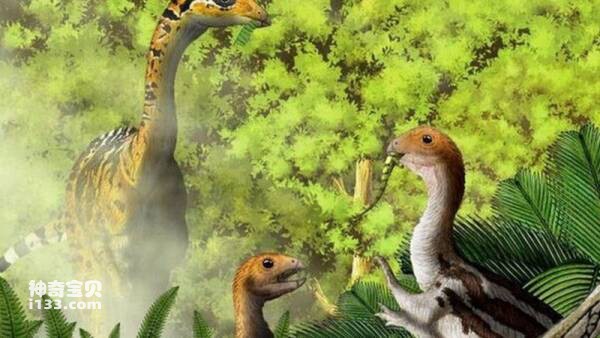Research led by China's Capital Normal University found that the Mireosaurus, which lived 150 million years ago, had teeth when it hatched. Researchers said in a report published in the professional journal "Current Biology" that as the young dragons grew, they may have switched from carnivorous to herbivorous, and the teeth that were convenient for eating meat were replaced by beaks that were easy to eat plants. This has never been seen in other studies of reptiles or dinosaurs. Until about 10 years ago, the fossil of "Escape from the Mireosaurus" was unearthed in Wucaiwan, Xinjiang.

The adults and young dragons who could not escape the mire dragon were almost divided into two different dinosaurs
Wang Shuo, who led the research, said that they originally thought they had discovered fossils of two different dinosaurs, with and without teeth, and had even begun to classify them separately. But researchers gradually discovered that apart from the differences in teeth, the two dinosaurs were very similar in other features.
Later, their research concluded that Mireosaurus gradually lost its teeth as it grew, and Mireosaurus became the only reptile known to have such a change. Among the remaining creatures, only the platypus may have similar growth characteristics, and the Mireosaurus is a theropod dinosaur that belongs to the same order as Tyrannosaurus and Velociraptor.
The discovery may help explain or hold the key to unraveling the relationship between dinosaurs and birds.
animal tags:
We created this article in conjunction with AI technology, then made sure it was fact-checked and edited by a Animals Top editor.